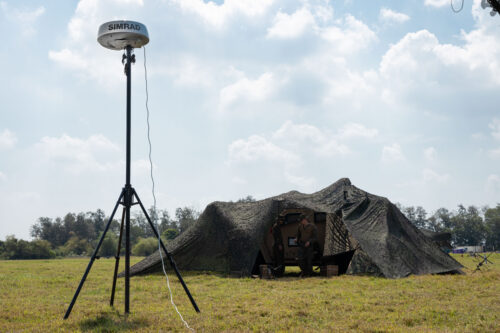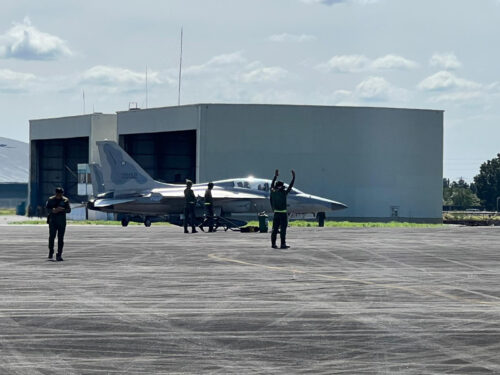A member of the Italian Air Force aerobatic team Frecce Tricolori was killed in a crash of an ultralight on Apr. 29.
Continue reading “Frecce Tricolori pilot killed in ultralight crash”
Aviation News
A member of the Italian Air Force aerobatic team Frecce Tricolori was killed in a crash of an ultralight on Apr. 29.
Continue reading “Frecce Tricolori pilot killed in ultralight crash”
Two US Army Apache attack helicopters from Fort Wainwright in Fairbanks, Alaska, collided in mid-air on Thursday, killing three soldiers and injuring another. The accident occurred during a training exercise, with the helicopters reportedly returning to base when the collision happened. The two AH-64 Apache helicopters were part of the 11th Airborne Division’s 1st Attack Reconnaissance Battalion, 25th Aviation Regiment at Fort Wainwright. The identities of the deceased have not yet been released as the next of kin are yet to be notified.
Continue reading “Army officials investigating fatal collision of Apache helicopters in Alaska”
During Exercise Balikatan 2023 in the Philippines, the U.S. Marine Corps deployed its Sensing Expeditionary Advanced Base (Sensing EAB) in the country for detection, and subsequent targeting, of enemy forces.

Continue reading “U.S. Marines are using a yacht radar to detect enemy forces”
The Turkish Aerospace Industries (TAI) T929 Atak-2 attack helicopter has started its engines for the first time. Video of the historic milestone was posted online.
Continue reading “T929 starts its engines for the first time”
Cope Thunder, an exercise sponsored by Pacific Air Force, has been revived and will take place at Clark Air Force Base, Philippines from May 1.

Continue reading “Cope Thunder is back after a hiatus of 33 years”